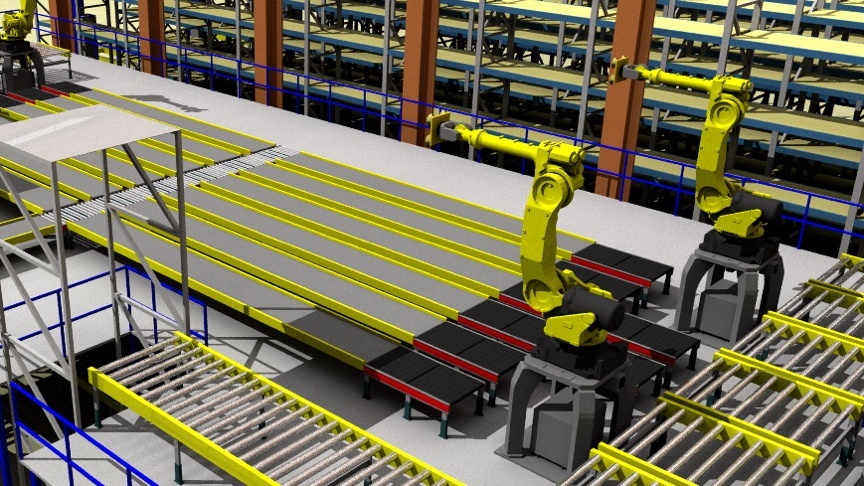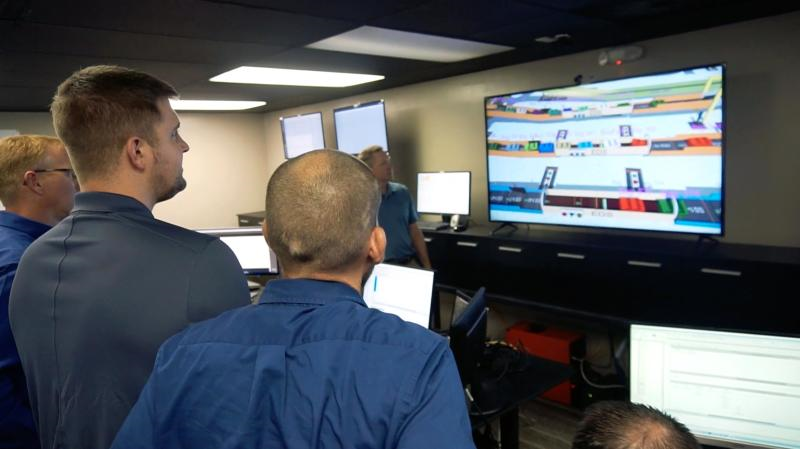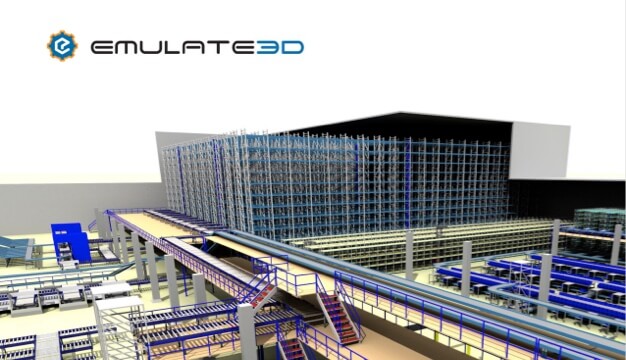Work Methods – Changing the Workplace
For all the changes imposed upon us by the new normal, there are many things which remain the same, and for good reasons. There will always be a requirement to explain proposed automated solutions to those who choose to invest in them, or not. The need to exchange and develop ideas among members of the engineering team and other project stakeholders to arrive at an optimal solution doesn’t change. Nor can the process of control system testing and implementation disappear – it’s an integral part of commissioning which leads to system operation. All of these are team activities usually involving a series of meetings between individuals from geographically distanced locations, which poses a series of new challenges today. Fortunately, each of these essential stages in the creation of an automated system can be achieved effectively and economically with minimal travel and little to no contact between team members.
Replicate Your Environment Accurately
Emulate3D technology is designed to enable users to create operational and interactive models of complex automation systems in order to demonstrate their ability to satisfy the client’s requirements. Typical examples of models are dynamic digital twins of machines, manufacturing systems, e-commerce fulfilment centres, and baggage handling systems and can be data driven to accurately reflect the response of the real system, before it exists. Dynamic digital twins developed for the design and commissioning phase of an automation project brings together the three essential elements of the system necessary to understand and test operation before metal is cut. These elements are the CAD representation, or physical model, the controls, or logical model, and the schedule of products or orders to be dealt with by the system. Experimenting with the model provides credible information about the proposed solution, so decisions can be taken with a higher level of understanding and certainty than would otherwise be possible, minimising the risk associated with the investment.
Stakeholder buy-in
At each stage of development of the project, the shared model provides stakeholders with a clear view of progress and the current state of the design. During initial presentations and throughout various development stages and offline controls testing, the model can be demonstrated effectively and easily using online meeting products. Far from being a compromise solution in place of a preferred face to face meeting, this approach is likely to accelerate the project development stage as its immediacy makes it effective to have more, shorter meetings to get understanding and approval for design changes. Closer collaboration between stakeholders at this crucial design phase results in better solutions with fewer misunderstandings. Collating data to create a dynamic digital twin is an exacting discipline where nothing operational can be omitted – if the model is incomplete because design questions remain unanswered, it simply won’t operate.
Collaborative Technology
Emulate3D’s CAD is The Model™ (CiTM) technology allows engineers to define their 3D CAD as digital machinery from within their native CAD platform, and then connect the CAD software to Emulate3D to push their mechanical source of truth directly into the Emulate3D digital twin environment for testing.
Flexible Demonstration Options
Demonstrating model operation to team members or other stakeholders is not limited to screen-based online meetings – it is also possible to experience and interact with the running model in a shared Virtual Reality experience. It’s not complicated or costly to implement, either. The participant running the model simply shares a URL with others equipped with any standard VR headset. Each participant will see the others as avatars complete with head and hands which inform where they are looking, and what they are pointing at. Not only is this a very effective way of communicating the feel of the running system, but it is also a safe and powerful means of training users in its operation without disrupting production or taking the risk of damaging real product. Models can contain interactive browser-based HMI screens, actionable buttons, levers, and other controls, and users can pick up objects and assemble them. Reaction-based instructions can assist the user in learning their task and can be progressively withdrawn as they demonstrate a growing aptitude.
I think it’s important to know the stakeholders involved at the various levels of an automation project, and this is often best done at an old-style face to face meeting. Beyond that initial stage it is clear that the process can be accelerated and costs contained effectively by employing online meeting solutions to create, demonstrate, and experience a dynamic digital twin of the solution.
Achieve Your Goals
Whether your objective is to demonstrate a new solution, develop a better solution through iterative experimentation, test the operation of a control system under a wide range of operating conditions, or train operators safely, Emulate3D technology can help you achieve your goals in a flexible and safe way.




















